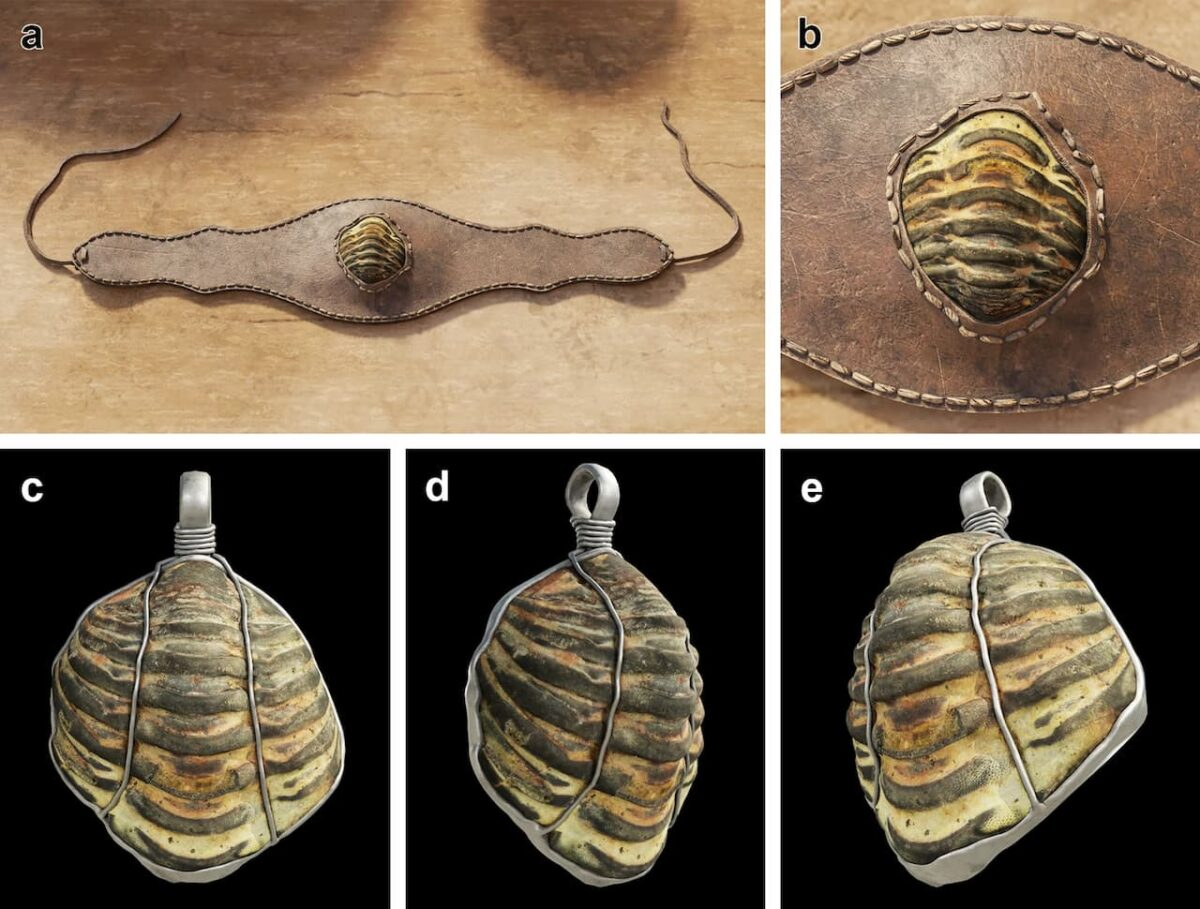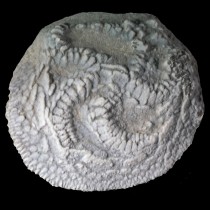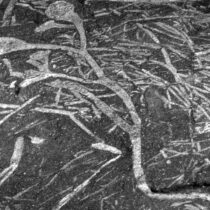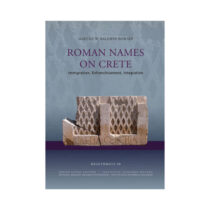In a groundbreaking find that merges ancient natural history with Roman belief systems, Spanish archaeologists have uncovered the first known trilobite fossil ever used as an amulet in the Classical world. The discovery, made at the Roman-era settlement of A Cibdá de Armea in Galicia, marks a significant moment in both archaeological and paleontological studies.
The artifact is a fossil of the extinct marine arthropod Colpocoryphe, dating back over 450 million years to the Ordovician period. Despite its prehistoric origins, the fossil found new life during the Roman Empire—intentionally modified for use as a pendant or talisman, likely between the 1st and 3rd centuries CE.
Researchers identified at least seven wear marks on the underside of the fossil, clearly indicating human alteration. These abrasions are consistent with grinding or smoothing, possibly to make the fossil more comfortable to wear or fit into a piece of jewelry.
This is not only the first fossil of its kind found in a Roman archaeological context, but also one of only a dozen known cases worldwide where ancient people intentionally used trilobites. Its rarity makes it a sensational addition to our understanding of how prehistoric objects were reimagined in ancient cultures.
“The fact that it was used as an amulet suggests a symbolic or spiritual value,” said members of the excavation team. “The Romans who wore this didn’t know it was a 450-million-year-old sea creature—but they did know it was something powerful, ancient, and rare.”
In the Roman imagination, natural oddities were often seen as signs of divine or protective power. Fossils, especially with their alien appearance and durability, could have been interpreted as magical stones. The trilobite’s armored form may have symbolized protection, making it an ideal candidate for an amulet against harm or misfortune.
This aligns with known Roman practices, in which natural materials—like amber, jet, or exotic stones—were used in charms and talismans. Later Roman jewelry even replicated trilobite-like textures using glass and carved beads known as Trilobitenperlen, possibly inspired by real fossils like this one.
Geochemical analysis traced the fossil’s origin to central Spain, likely in the Toledo or Ciudad Real regions—over 400 km from the excavation site in Galicia. This implies the trilobite was transported intentionally, either through trade or personal travel, suggesting it had value beyond mere decoration.
The fossil was discovered among domestic waste alongside pottery fragments, coins, and animal bones. This context indicates it was once part of daily life—perhaps worn or displayed in a household before being discarded.
The find challenges long-standing assumptions that ancient people lacked interest in or awareness of fossils. Instead, it adds to a growing body of evidence showing that prehistoric remains were not just encountered—but valued.





